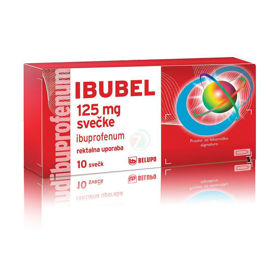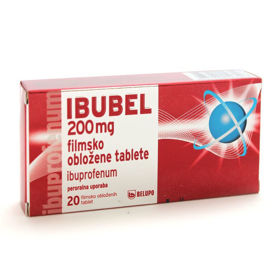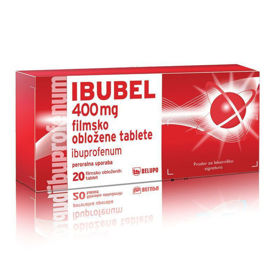Customer question:
Can lumbago indicate sciatica? Anonymous customer's question
Pharmacist's answer:
Lumbago, a general term for lower back pain, does not necessarily mean sciatica but can coexist with it. Sciatica is a specific set of symptoms caused by compression or irritation of the sciatic nerve or its nerve roots in the lumbar spine.
While lumbago can coexist with sciatica, mainly if it is caused by conditions such as a herniated disc or spinal stenosis, not everyone with lumbago will also experience sciatica. Similarly, someone can have sciatica without significant lumbago.
Can lumbago be a symptom of sciatica?
The sign of lumbago can be pain in the lower back, which can spread to the buttocks, groin, or thigh. If the pain includes numbness in the buttock, back, or leg and tingling that spreads down the leg to the foot, it is known as sciatica. Lumbago and sciatica are related but different terms; one is not exactly a symptom of the other, and vice versa. Instead, both can be symptoms of an underlying problem affecting the lumbar spine.
How to relieve lumbago?
Relief can often be achieved through self-medication measures and alternative therapies. When the pain is acute, there's not much you can do but rest and give your body a break. In acute cases of lumbago, relieving pressure on the lower back muscles can help relieve symptoms. The heat from a heating pad or heat patch can also help with lumbago.
As soon as you can move again, it is essential that you actually do it - even if it hurts a little. Gentle movement helps heal the lumbago by stimulating the tense area of your body. This way, you will alleviate the discomfort much faster than if you were to rest completely. Movement is an often underappreciated technique for treating lumbago. It doesn't involve specific stretching or strength exercises - just movement techniques like walking or regular exercise.
Nonsteroidal anti-inflammatory drugs (NSAIDs), such as ibuprofen or naproxen, can reduce inflammation and pain. Paracetamol can also be effective for pain relief. Cold compresses, however, can help reduce inflammation. It is usually recommended to use cold for the first 48-72 hours after the onset of acute pain, then switch to heat.
If you are experiencing persistent or severe lower back pain, you must get a proper diagnosis. A doctor can determine the underlying cause, recommend appropriate treatment, and guide exercises or activities to avoid further irritation.
Interesting reading: Sciatica medicine
Interesting reading: What is sciatica?













